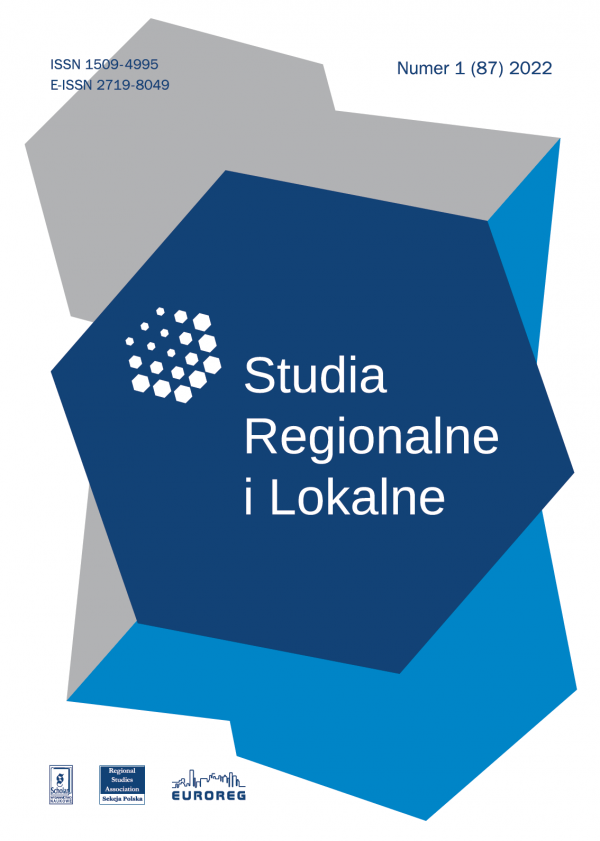Issue:
1(87)2022
Maria Bednarek-Szczepańska
The Power of Protest in the Game for Space: The Impact of a Local Community on Environmental Decisions for Animal Farms
DOI: 10.7366/1509499518705
Siła protestu w grze o przestrzeń. Wpływ społeczności lokalnej na decyzje środowiskowe dla obiektów hodowli i chowu zwierząt
Planowane wielkoskalowe obiekty hodowli/chowu zwierząt (tzw. fermy) są często przedmiotem protestów społeczności lokalnych ze względu na uciążliwości, które generują. Do aktywnego udziału mieszkańców dochodzi na wczesnym etapie procesu inwestycyjnego, jakim jest postępowanie w sprawie wydania decyzji środowiskowej, gdy określa się lokalizację i cechy fermy. W artykule poddano analizie 52 przypadki postępowań w sprawie ustalenia środowiskowych uwarunkowań realizacji takich obiektów, w których miały miejsce udokumentowane protesty mieszkańców. Celem artykułu jest ustalenie jak – pod wpływem protestujących mieszkańców – przebiegają postępowania środowiskowe w sprawie obiektów hodowli/chowu zwierząt i czy ostatecznie zostają ustalone środowiskowe uwarunkowania realizacji niechcianych inwestycji. Przedstawiono wypowiedzi protestujących mieszkańców, odwołując się do kategorii wiedzy w procesie decyzyjnym (Glicken 1999, 2000; Edelenbos 2011). Badanie pokazało, że pomimo obowiązującej zasady mówiącej o tym, że sprzeciw społeczny nie może być podstawą odmowy ustalenia środowiskowych uwarunkowań, protestujący mieszkańcy pośrednio wpływają na ostateczny, najczęściej negatywny wynik oceny środowiskowej. Blokując realizację niechcianych inwestycji, mają rzeczywisty wpływ na kształtowanie przestrzeni lokalnej.
The Power of Protest in the Game for Space: The Impact of a Local Community on Environmental Decisions for Animal Farms
Planned large-scale animal farms are often the subject of protests by local communities due to the nuisance they generate. The active participation of local residents occurs at an early stage of the investment process, namely the proceedings for issuing an environmental decision, because it is at this stage that location and characteristics of the facility are determined. The article analyses 52 cases of proceedings to set the environmental conditions for the construction of animal farms in which there were documented protests of local residents. The aim of the paper is to determine the course of environmental proceedings for animal farms under the influence of residents’ protests, as well as to determine whether environmental conditions are eventually established. The statements of protesting residents are presented by means of references to the category of knowledge in decision-making (Glicken 1999, 2000; Edelenbos 2011). The study showed that despite the binding rule that public opposition cannot be the basis for refusing to set environmental conditions, the protesting residents indirectly influence the final, usually negative, result of the environmental impact assessment. By blocking the realisation of unwanted investments, they have a real impact on the shaping of the local space.
Affiliation:
Maria Bednarek-Szczepańska: Instytut Geografii i Przestrzennego Zagospodarowania PAN im. S. Leszczyckiego, ul. Twarda 51/55; 00-818 Warszawa;
bednarek@twarda.pan.pl 


